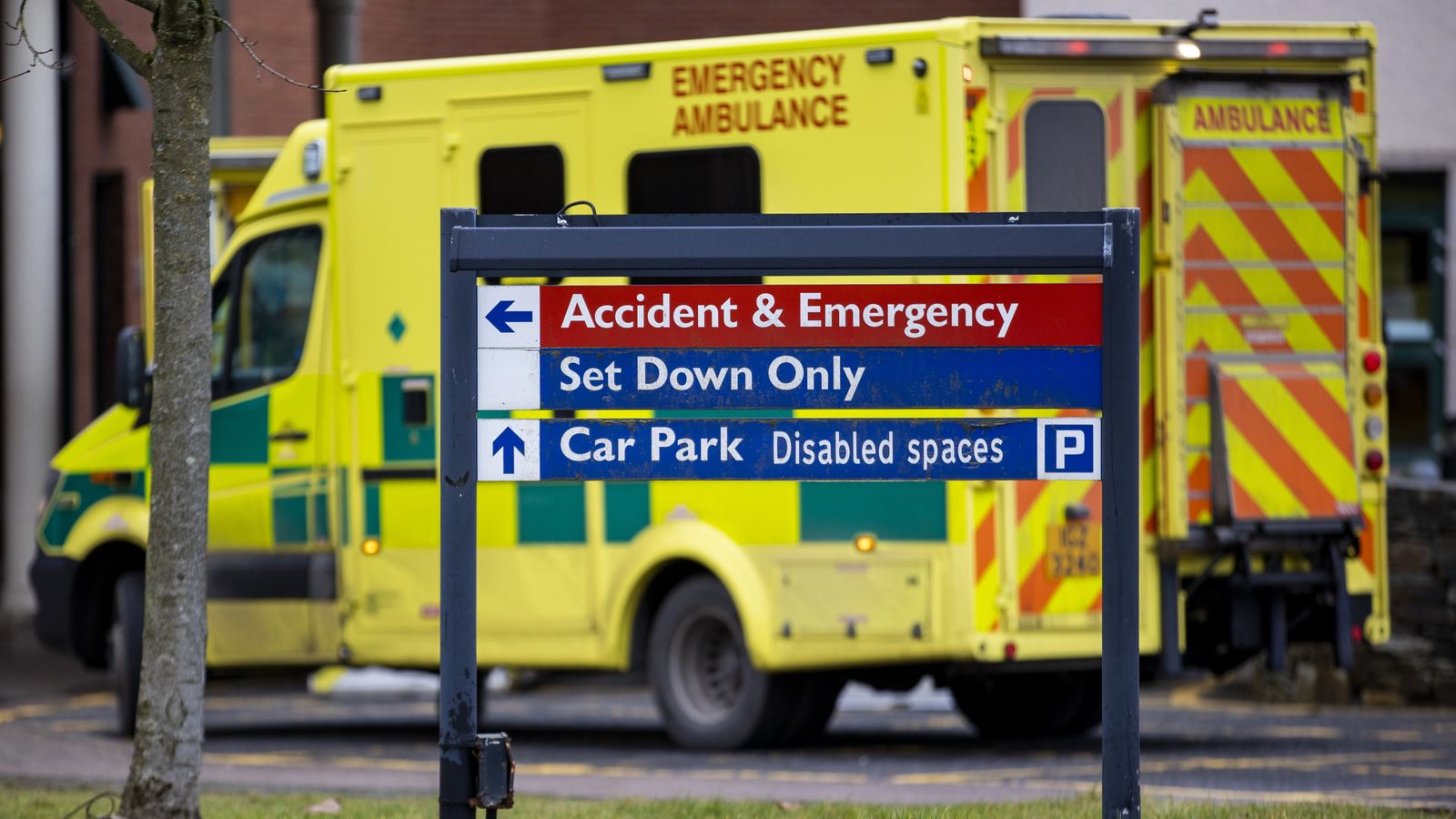Vulnerable people are turning to hospital A&E because they feel they have nowhere else to go, according to new research by the British Red Cross.
The charity looked at data from 376,000 people who were described as frequent attendees at A&E departments in England over six years, as well as interviews with GPs, hospital staff and patients.
They found that, while less than 1% of the English population attend A&E frequently – judged as five or more visits per year – they account for 16% of all A&E attendances.
The same group also accounts for 29% of ambulance journeys and 26% of hospital admissions, estimated to cost the NHS up to £2.5bn a year.
Also among the findings:
• People who frequently come to A&E move home 25% more often than the general population
• They were more likely to live in deprived areas and be dealing with life changes such as job loss, relationship breakdown, or grief
Giving birth in the UK becoming ‘critically unsafe’ say organisers of midwife vigil
COVID-19: ‘Incredible’ NHS doctor dies with coronavirus after spending two years saving others with the infection
Thousands of Brits with HIV to be offered new long-acting treatment
• The mortality rate among people aged between 30 and 49 who frequently attend A&E is 7.5 times higher than among this age group in the general population
• In some cases frequent attendees were visiting A&E 300 or more times in one year
• People who frequently attend A&E often feel unheard, leading to dissatisfaction and disengagement with health services generally
• Over half of all visits to A&E involve at least one long-term physical condition. These most commonly include diabetes, arthritis, back pain, angina, or chronic obstructive pulmonary disease (COPD)
Follow the Daily podcast on Apple Podcasts, Google Podcasts, Spotify, Spreaker
The research praised the impact of High Intensity Use services, saying they can reduce A&E attendance and non-elective admissions among frequent users by up to 84%.
The services work with people to understand why they are going to A&E so often, and they try to provide support.
There are 100 of these services in England and they are run by the NHS and voluntary sector.
British Red Cross chief executive Mike Adamson said: “High intensity use of A&E is closely associated with deprivation and inequalities – if you overlay a map of frequent A&E use and a map of deprivation, they’re essentially the same.
“When multiple patients are making repeat visits to an A&E, that should flag the need to tackle other issues like barriers to accessing services, or societal inequalities that affect people’s health.
“For example housing insecurity is a common challenge – people who frequently come to A&E move home more often than the general population.
“This has a knock-on effect on people’s finances, mental health, social networks and access to services.”






















